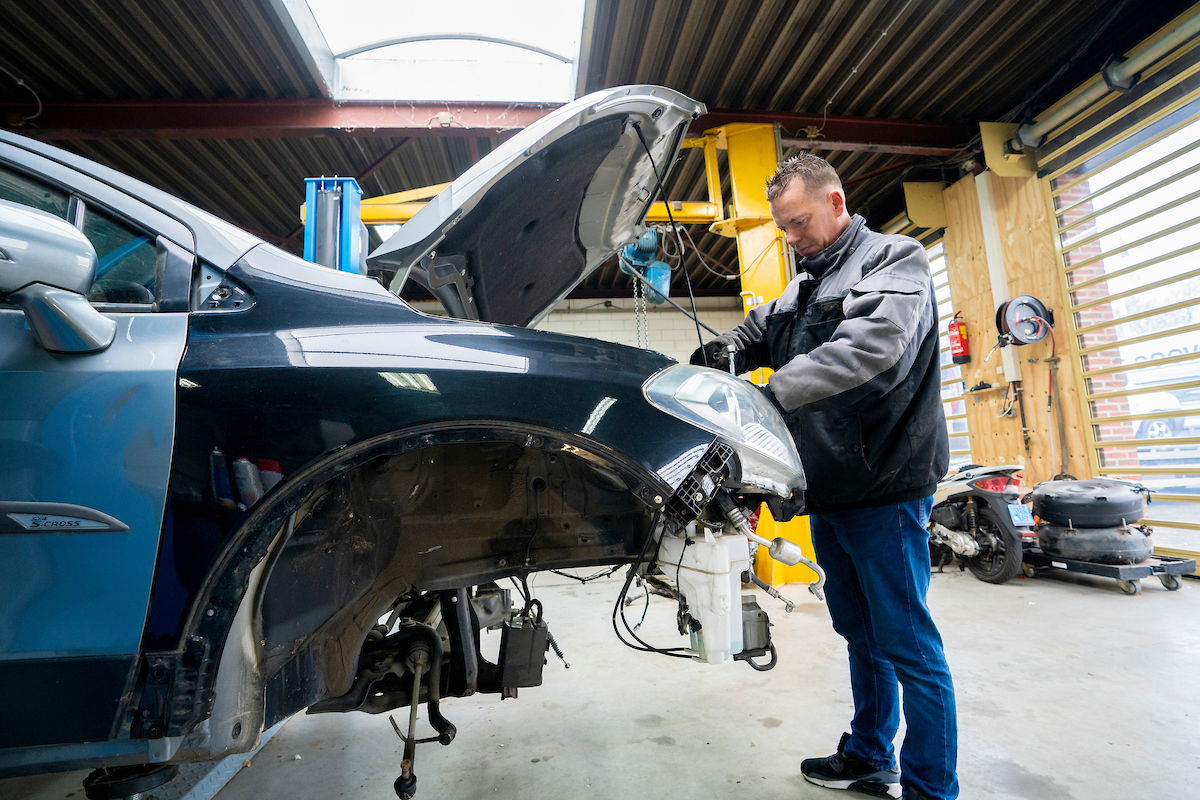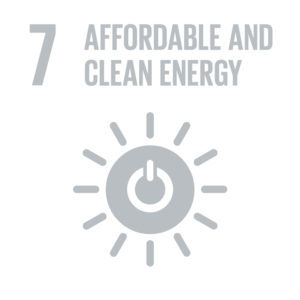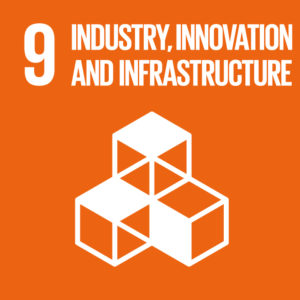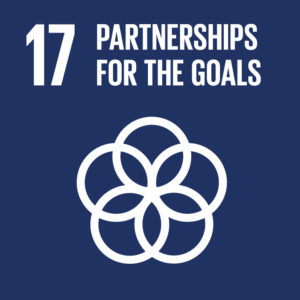Percentage of part reuse
Less parts reused than expected
Every year, in its Sustainability Report, ARN reports on its recycling performance, which is expressed as a percentage. In 2021 this percentage was 98.7 and broken down into recycling and energy recovery. It also included 21.0 per cent reuse of automotive parts. However, this is a calculated value and higher than you might expect. In this article we explain exactly how it all works.
The 21 percentage of parts reuse reported by ARN in 2021 has been calculated mathematically, with the method of calculation stipulated in legislation. This is perfectly normal, as long as the term “reuse” is not taken too literally. In fact, the reported percentage includes more than the percentage of parts that are actually given a second lease of life.
Legal calculation method
The legally established method of calculation is based on the difference between the weight of an end-of-life vehicle when it arrives at a car-dismantling company and the weight of the same vehicle when it goes to the shredder. When an end-of-life vehicle arrives, the wheels, among other things, are removed and the fluids are drained. The reuse classification of these parts is known. In many cases the vehicle is then placed on the site, where employees of the car-dismantling company (or customers themselves) can remove parts from it according to their requirements. All this falls under part reuse. Quite often, for example, the engine and gearbox are also removed. However – and this is where the outcome of the calculation can suggest something different to the actual situation – in many cases they are not removed to be sold as separate parts. Certain parts and materials are worth more if they are sold as loose scrap than they would be if they were left in the vehicle. That’s why, in practice, the percentage of part reuse is lower than the calculation method suggests, and the percentage of material recycling is higher.
The target should be realistic
As the revision of the European end-of-life vehicles directive approaches, the Netherlands is regarded as being top of the class, insists Pieter Kuiper of ARN. “The consensus is that if the Netherlands can demonstrate a performance of more than 21 per cent for the reuse of parts, the bar can also be raised for the rest of Europe too. To obtain more insight into the actual percentage, in 2021 we decided to conduct some research. To this end, we weighed engines and gearboxes and asked 10 representative car-dismantling companies that are affiliated to ARN a number of questions. These questions included: how many end-of-life vehicles do you dismantle, how many of their parts can you sell, what falls under material reuse and what exactly do you send to the shredder?”
The initial correction for engines and gearboxes showed that the legal calculation method, which resulted in 21 per cent, is about four to five per cent more positive than the actual situation. “This year we are expanding our research to look at comparable removed parts, such as the car’s chassis,” adds Kuiper.
The consensus is that if the Netherlands can demonstrate a performance of more than 21 per cent for the reuse of parts, the bar can also be raised for the rest of Europe too
Pieter Kuiper
Senior projectmanager ARN

Why is revision necessary?
Discussions about the revision of the European end-of-life vehicles directive will continue until the summer of this year. “If people in Brussels think that 21.6 per cent reuse of parts is possible, member states will soon be facing an impossible requirement,” reasons Kuiper. “At ARN we find it important that the number is realistic. Naturally, the higher this number is, the better. If car parts are given a second lease of life, it increases sustainability, reduces CO2 emissions and means that less new raw materials will be needed. In a nutshell: a perfect fit with the circular economy.”
Sustainably Used
Consumer research carried out by GFK has shown that car owners are insufficiently aware that used parts can also be used for repairs. To stimulate the use of used car parts, in 2020 STIBA launched a national Duurzaam gebruikt (Sustainably Used) campaign, aimed at making consumers more aware that original used car parts are a good, economical and sustainable alternative to new ones. They are affordable, of the same original quality and they are durable. Moreover, consumers will often receive a guarantee for them and they are available from stock. The campaign targets car owners and garages.
“If there’s no demand for a part, there’s no point in dismantling it”
Martin Haayer, director of family business, Haayer Carparts in Coevorden, can certainly identify with what ARN’s Pieter Kuiper says. His company sells as many engine blocks and gearboxes that he and his team can salvage, from mainly younger, end-of-life vehicles. “We dismantle everything ourselves on site,” says Haayer. “In 2021 we dismantled about 400 end-of-life vehicles. However, because these were mainly from older vehicles, most of their engines and gearboxes went into the shredder. But, of course, we remove everything that there is a demand for and is still good enough to reuse.” He reckons that the high price of metal in the market is driving up interest in older end-of-life vehicles. “For us it would be better if prices were a little lower.”
Everything dictated by supply and demand
Despite this, 2021 was a good year for Haayer. “In fact, it was an improvement on previous years in all respects. Everything has been getting better since we affiliated with ARN. We have also started doing a lot more online. There are some days when we don’t see a single customer on the premises. And that used to be very different.” Supply and demand are what dictate which parts end up in the shredder and which are reused, explains the entrepreneur. “You get to the point where you know what is in demand and what is or isn’t likely to break. If there’s no demand for a part, there’s no point in dismantling it.”
Haayer reckons that of those 400 dismantled end-of-life vehicles, about 20 engines were salvaged to be sold. And for gearboxes, slightly more. “This percentage is so low because we dismantled a relatively large number of old end-of-life vehicles in 2021. Fortunately, things now seem to be turning around and we are dismantling more young vehicles, of which we hope to sell as many parts as possible!”
In fact, it was an improvement on previous years in all respects. Everything has been getting better since we affiliated with ARN. We have also started doing a lot more online. There are some days when we don’t see a single customer on the premises. And that used to be very different
Martin Haayer
Managing Director Haayer Carparts
Sustainable Development Goals
For the fourth year, ARN is benchmarking itself against the Sustainable Development Goals (SDGs) with the motto ‘lean and green’ in mind. The coloured SDGs shown on the right apply specifically to the content of this page.









